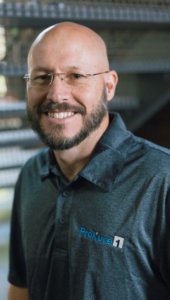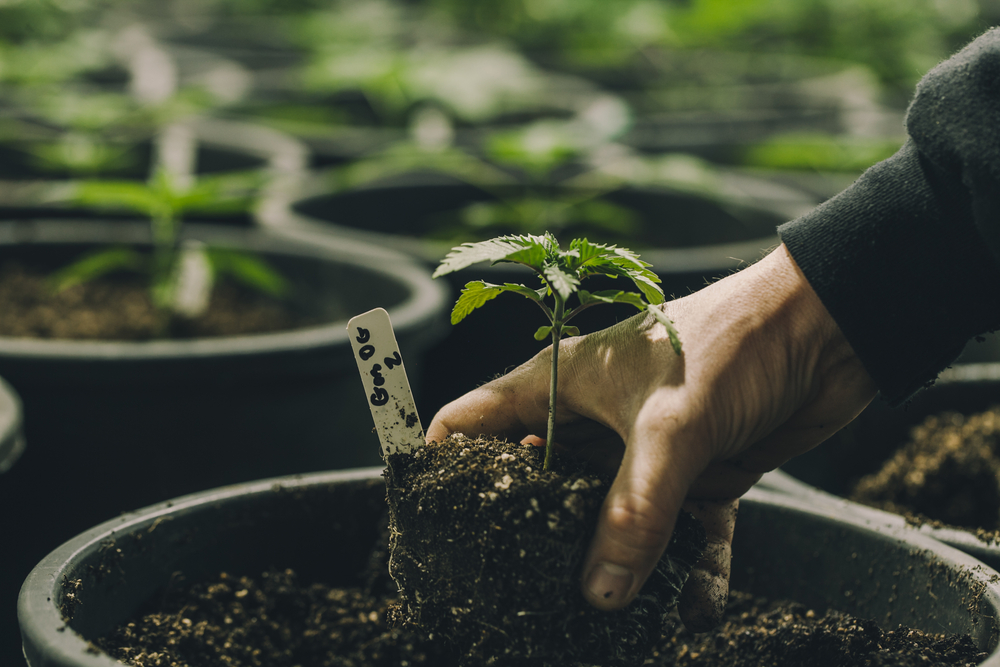by Bernie Lorenz, PhD, Chief Science Officer for ProKure Solutions
Want Clean Cannabis? Identify Mold Pain Points.
In the battle against mold, there are three critically important questions.
- Where is the mold coming from?
- How did mold get there?
- How did the mold travel to where it grew?
Answering these questions gives growers the power to mitigate mold, and the ability to pass total yeast and mold tests.
Know Thy Enemy
It helps to first understand what you’re up against. Understand first and foremost that mold is a living thing that starts and ends somewhere. Its spores travel to reproduce, just like a plant.
And it needs the right environment to flourish. Moisture and temperature have the biggest impact. But hosts that help it travel are also critical.
Process Over Point
Most indoor and greenhouse grows have dozens, if not hundreds of people working across the organization. From back office to packaging to production – you have people and places that impact the air quality and can act as hosts, ultimately, impacting spore counts.
These hundreds of interchangeable parts make it difficult to figure out the source of mold, so it’s critical to see it as a process.
Break your facility into seven core parts of a process, and start digging. Not literally, of course, but as a scientist would. Examine what might cause the issues by looking at variables and constants.
Look at these seven locations:
- Mother Plants
- Cuttings from Mother Plants (clones, propagation)
- Vegetative Growth
- Flower Growth
- Trim Rooms
- Immediate postharvest
- Sometimes after dry and cure
- Dry Rooms
- Cure Space
Follow the plant through those places and test regularly to see where moisture or cross-contamination may be occurring.
This is a painstaking process, make no mistake. Mold develops over time, so you’ll need to spend weeks or months tracking the lifecycle of the plant.
You’ve Solved The Riddle, Now Solve The Problem
Of course, once you find the sources, mitigation through a solid Integrated Pest Management (IPM) program is critical. There are many methods for that, from cleaning and disinfection to HEPA filters, and more. You’re not in this fight alone, either. You can call solutions providers like ProKure for help or find a Certified Industrial Hygienist in your area.
Whatever you choose to mitigate with, just remember to start with the answers to those core questions. Any program will be much more effective with those in mind.
 Bernie Lorenz, PhD, is Chief Science Officer for ProKure Solutions, where he applies an advanced chemistry background and passion for sustainability to make ProKure products approachable to cultivation professionals. As one of the industry’s most seasoned experts on ClO₂, Dr. Lorenz recently led the effort as technical contact for a new ASTM International standard aimed at establishing cleaning and disinfecting protocols for indoor and greenhouse cannabis cultivation facilities. Dr. Lorenz earned both his PhD and Masters in Inorganic Chemistry from New Mexico State University.
Bernie Lorenz, PhD, is Chief Science Officer for ProKure Solutions, where he applies an advanced chemistry background and passion for sustainability to make ProKure products approachable to cultivation professionals. As one of the industry’s most seasoned experts on ClO₂, Dr. Lorenz recently led the effort as technical contact for a new ASTM International standard aimed at establishing cleaning and disinfecting protocols for indoor and greenhouse cannabis cultivation facilities. Dr. Lorenz earned both his PhD and Masters in Inorganic Chemistry from New Mexico State University.


Follow NCIA
Newsletter
Facebook
Twitter
LinkedIn
Instagram
–